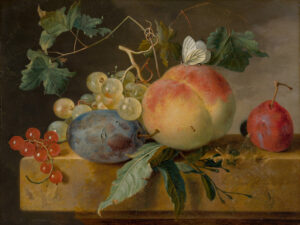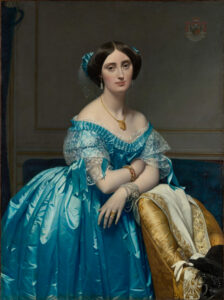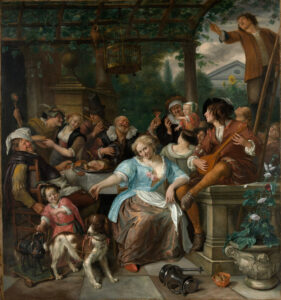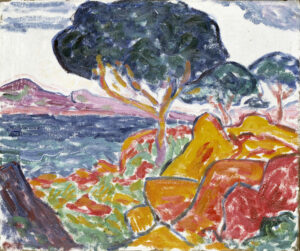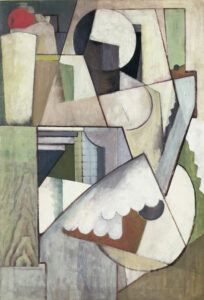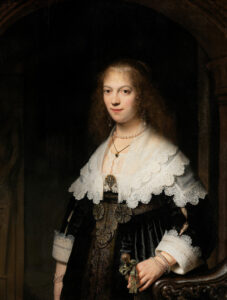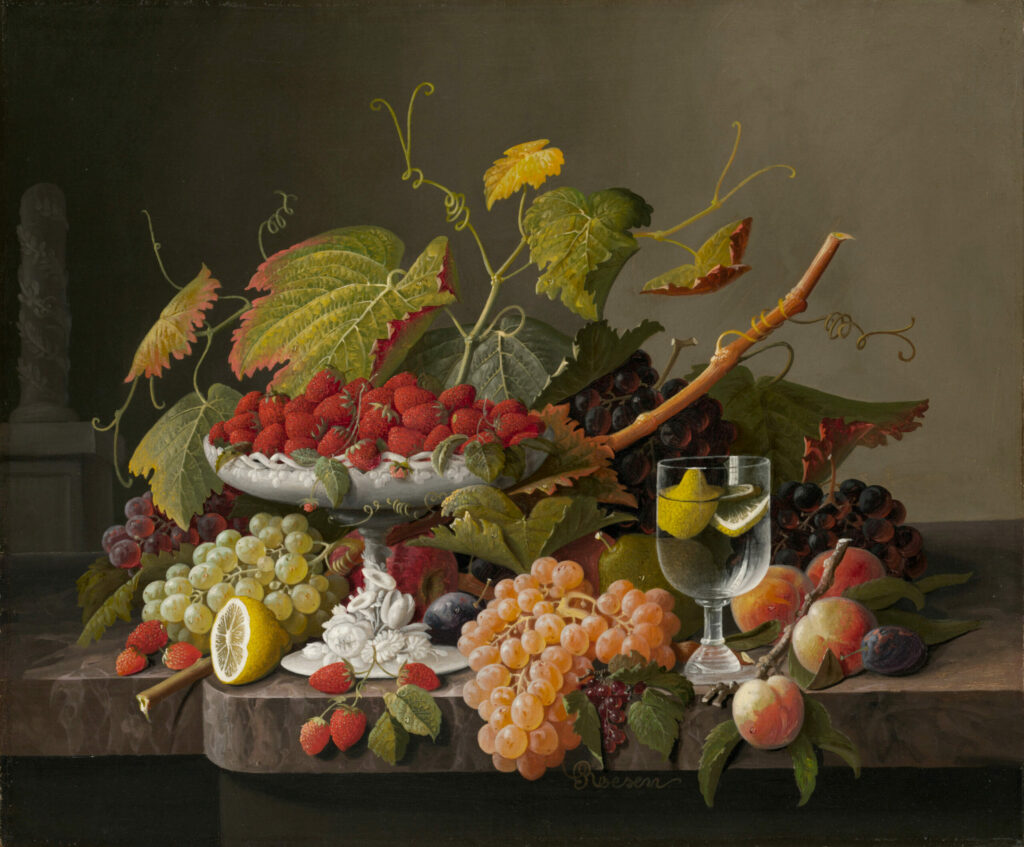
Severin Roesen, heir to the Northern tradition, practices the art of American still life in the 19th century, as in this “Abundance of Fruit” (circa 1860).
The composition displays a profusion of fruits on a marble ledge: scarlet strawberries in their porcelain bowl, golden and purple grape clusters, velvety peaches, lemon, currants, apples and pears… The artist masters the art of trompe-l’œil with remarkable technical virtuosity, rendering each texture with almost photographic precision. The glass, a recurring element in Roesen’s work, reflects his ties to the German-American community of Pennsylvania. This aesthetic of abundance reflects the optimism of prosperous mid-19th century America, celebrating the riches of the New World. This work transcends simple representation to become an allegory of the American Dream and its promises of abundance.
Further information
- An Abundance of Fruit, circa 1860, by Severin Roesen
- 63.5 × 76.2 cm (25 × 30 in.)
- Art Institute of Chicago, displayed in Arts of the Americas, Gallery 173
- https://www.artic.edu/artworks/182381/an-abundance-of-fruit
Severin Roesen (1815-1872) embodies the singular destiny of immigrant artists in 19th-century America. Born near Koblenz, trained in the Rhineland still life tradition, he emigrated to the United States in 1848. Settling first in New York then in Pennsylvania, Roesen found his clientele among German-American communities. His style, heir to the Dutch masters of the Golden Age, captivated through its technical virtuosity and hedonistic symbolism. Unlike European still lifes laden with moralizing vanitas themes, his compositions celebrate earthly pleasures without reservation. Roesen developed an aesthetic of abundance perfectly suited to the American optimism of the era. His final years remain mysterious; the artist disappeared around 1872. Rediscovered in the 20th century, Roesen is today recognized as one of the masters of American still life.

